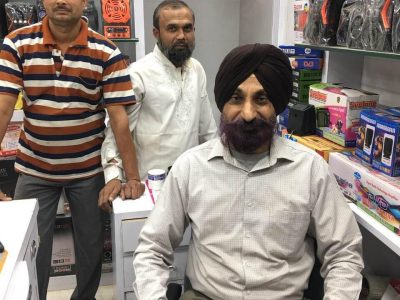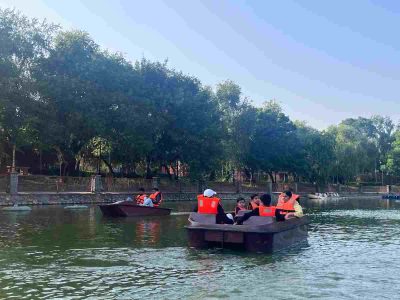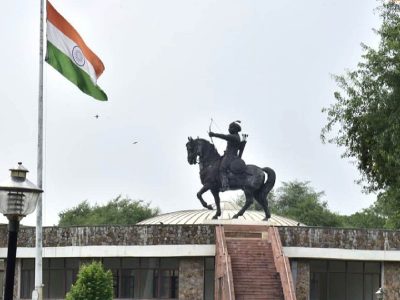Even as the United Nations has announced the celebration of 11th World Radio Day on Tuesday (February 13) with focus on entertainment and education, Capital’s Lajpat Rai market that was once the place to buy radios is now full of CD/DVD players, spare parts, CCTV cameras, DVR (Digital Video Recorder), and LED lights.
Radio has taken a backseat in the market, which lies opposite Red Fort and was built by Punjabi refugees who came to Delhi after Partition in 1947.
There is no trace which suggests that this was once the central market for radios. There is hardly any shop that sells only radios. There are shops which sell radios but along with other items.
Bijendra Bhatia, a shopkeeper who runs a shop named ‘White House’ is one of those who sells radio and other items. He says there is demand for radios but only from the elderly.
“Even today many old people prefer it. They demand especially for medium wave (MW), not FM radio. Many youngsters come and ask for it for their grandparents and fathers,” he added.

“They want good quality radios as they want to carry it to the mountains and hills. Many people belonging to the hill areas and Kashmir demand radios. Radios aren’t available easily but we provide them. There is also an emotional connection with radio lovers, so we try to deliver good quality radios.”
Bhatia, who has been in Lajpat Rai Market since 1980s, said further, “This market is from 1950. That was the time when our only source of entertainment and information was radio. Today, the word information technology (IT) has become very common. In reality, radio was part of IT. People listened to news at a fixed time (2:30pm, 8pm) on [Vividh Bharti].”
Excitement and pursuit
He said further, “Radio was a popular mode of entertainment during those days just like watching a movie in the cinema was. People gathered to listen to cricket commentary. It was a mandatory item in every household.”
At one point in time, Bhatia would sell only radios and tape recorders.
“People used to purchase radios for birthdays of children, gifts, and dowries. Parents would promise to give radio to their children when they’d pass an exam. The television era came much later. Even after the introduction of TV, people carried transistors as it was convenient during travel and visits to parks.”
Radio still remains the most reliable mode of communication in times of natural disasters, and also in hills and many rural areas. It also remains the most inexpensive and portable medium.
Bhatia recalls the times when people would go on picnics to places like Red Fort and sit around, enjoying meals as radio played in the background.
“That was maximum happiness with limited resources. Today we have a lot of resources for entertainment, like LEDs and iPhones. But I think people don’t get that kind of happiness now.”
Bhatia, who is in his 50s and has witnessed the transformation of the market, added, “With time and technological development, people moved to other businesses [in the market].
“It (decline) happened after technology improved. After transistor, tape-recorders and cassettes entered the market. People got another source of entertainment. But radio has suspense, like which song will play. However, on a tape-recorder, they can listen to whatever they want.”
FM affected radio
“Radio was also affected after the introduction of FM, which has a lot more clarity compared to radio. People shifted to FM which features radio jockeys, who create content that touch the youth and the new generation,” added Bhatia.
Asked if he sees a future for the radio, Bhatia said, “We can’t say anything about it yet. But a lot of people still love radio. The demand and sales are very low but people, especially in hill areas of Himachal Pradesh, Ladakh, and Kashmir like to keep them. Lajpat Rai market remains the last resort for radio lovers.”




